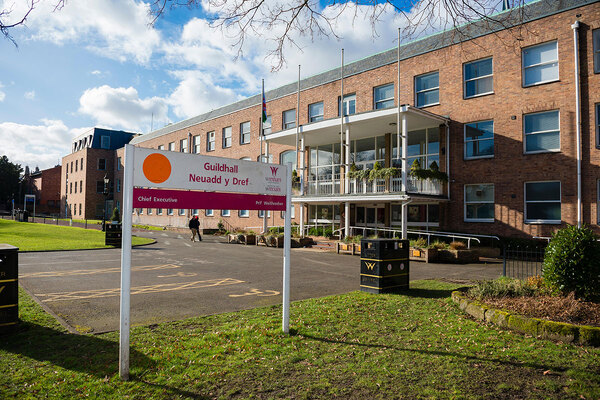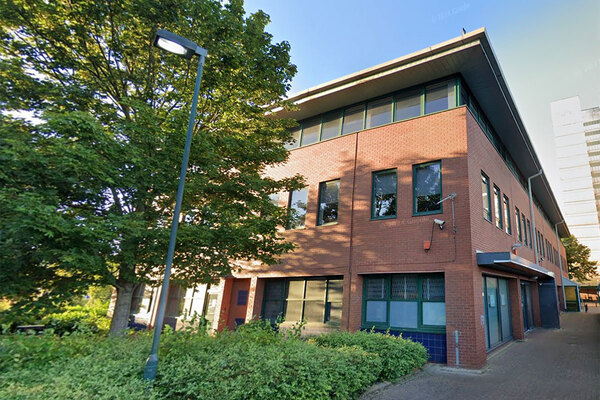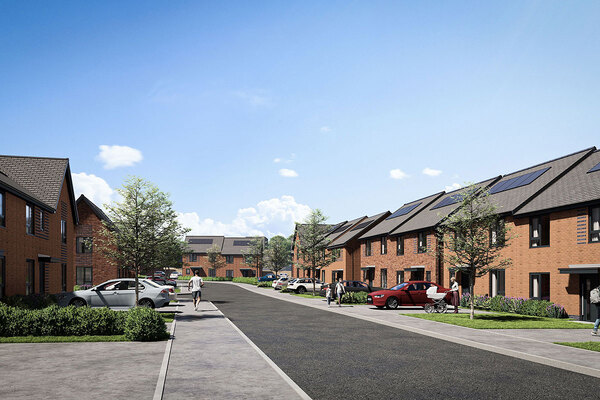You are viewing 1 of your 1 free articles
Delivering 10% biodiversity net gain: the challenges so far
The new biodiversity requirements have exposed issues with reporting, financing, monitoring and implementation, writes Mark Topping, director of design at Lanpro
Six months ago, it became a legal requirement (a condition of the Environment Act 2021) to guarantee a minimum 10% biodiversity net gain (BNG) on small, as well as large, housing developments – the requirement for the latter having been in existence since February.
BNG originates from a desire to improve the state of the natural environment generally, ensuring biodiversity is left in a better state post-development.
The principle of BNG has many benefits to housing schemes and has been accepted quite positively by both social housing providers and the wider development industry. In fact, many schemes achieved at least a 10% biodiversity uplift prior to the legal requirement to do so.
And we are already seeing a wealth of good practice. The best examples provide green spaces to enable people and nature to thrive together, such as an increase in natural green spaces for residents’ use, as opposed to formal mown grassland.
That said, the implication has invariably exposed issues and challenges. A report by the National Audit Office published an assessment of the progress that the Department for Environment, Food and Rural Affairs (DEFRA) and Natural England had made in implementing BNG. It criticised DEFRA for launching BNG “without having all elements in place to ensure its long-term success and issues with monitoring and enforcement with onsite and offsite gains”.
The report was also critical of the reporting, financing, monitoring and implementation of BNG.
At this still relatively early stage, it is apparent that not all housing developers understand the need to provide a like-for-like (or like-for-better) replacement of biodiversity terms. If, for example an ‘area’ feature such as grassland is lost due to development, this cannot simply be offset by new woodland or hedgerow planting – it must be a like-for-like replacement.
“At this still relatively early stage, it is apparent that not all housing developers understand the need to provide a like-for-like (or like-for-better) replacement of biodiversity terms”
We are also seeing a varying approach to rigidity in relation to onsite habitats. While there can generally be little subjectivity (the prescriptions of BNG are well defined), the approach to how BNG is reviewed and applied can vary, potentially causing conflict with developers and those who take on responsibility for the sites post-construction: often the registered provider.
The requirement for specialist grasslands for instance can be expensive to implement and to maintain. A pragmatic and sensible approach should be agreed at the outset a consideration of the context, soils, slope and aspect. This is why we advocate close working between the ecologist, landscape architect and arboriculturist.
An issue particularly prevalent with affordable and social housing schemes concerns situations in which the local planning authority (LPA) is the applicant. It appears particularly challenging for LPAs to tie public land up for 30 years and to navigate through the legal sticking point of signing a Section 106 agreement with themselves as the ‘responsible body’ for monitoring BNG delivery.
Furthermore, there tends to be some variance in LPA ecologists’ intentions for the planning stage.
While the regulated minimum information is the baseline habitats, many LPA ecologists want to see at least a draft calculation at the planning application stage which shows 0%+ BNG and therefore complies with NPPF policy 185 part C to secure ‘measurable net gains for biodiversity’. The desire to see this calculation may not always have been included in the validation requirements.
Another issue is a lack of registered off-setting sites, although it is hoped that this only short term. I know of several councils which are developing habitat banks, but habitat management, monitoring plans and Section 106 are not quite ready. Currently in North Yorkshire, for example, there are no registered sites. This leaves the options as onsite, in proximity subject to a legal agreement, starting negotiations with landowners, or the environment bank option.
“The fact that there are already many schemes in place delivering BNG is testament to the fact that the policy can succeed”
Furthermore, there is a difficulty in getting LPAs to sign up as ‘responsible bodies’ to monitor BNG over 30 years. And yet offsite providers are required to sign legal agreements with the responsible body. Until that point, individual legal negotiations with offsite providers and the selling of the BNG units cannot commence.
From the other perspective, some housing developers (specifically the smaller ones) are concerned about LPAs routinely requesting Section 106 for almost all on-site provisions, which can pose practical and viability challenges.
Clearly, local government will play a critical role in the delivery of BNG – both at a strategic level (drawing up local nature recovery strategies and co-ordinating with landowners or brokers to establish habitat banking schemes) and at a development control level (assessing housing providers’ planning applications and overseeing monitoring and enforcing conditions).
However, this puts a burden on LPAs – one that will grow cumulatively for the next 30 years. It will be part-funded through Section 106, but every LPA I have spoken to has said that it will be nearly impossible to find adequate resources to carry this out.
The fact that there are already many schemes in place delivering BNG is testament to the fact that the policy can succeed, and the results are very encouraging. However, there remain significant hurdles which must be addressed as the policy is implemented up and down the country.
Mark Topping, director of design, Lanpro
Sign up for our daily newsletter
Already have an account? Click here to manage your newsletters












